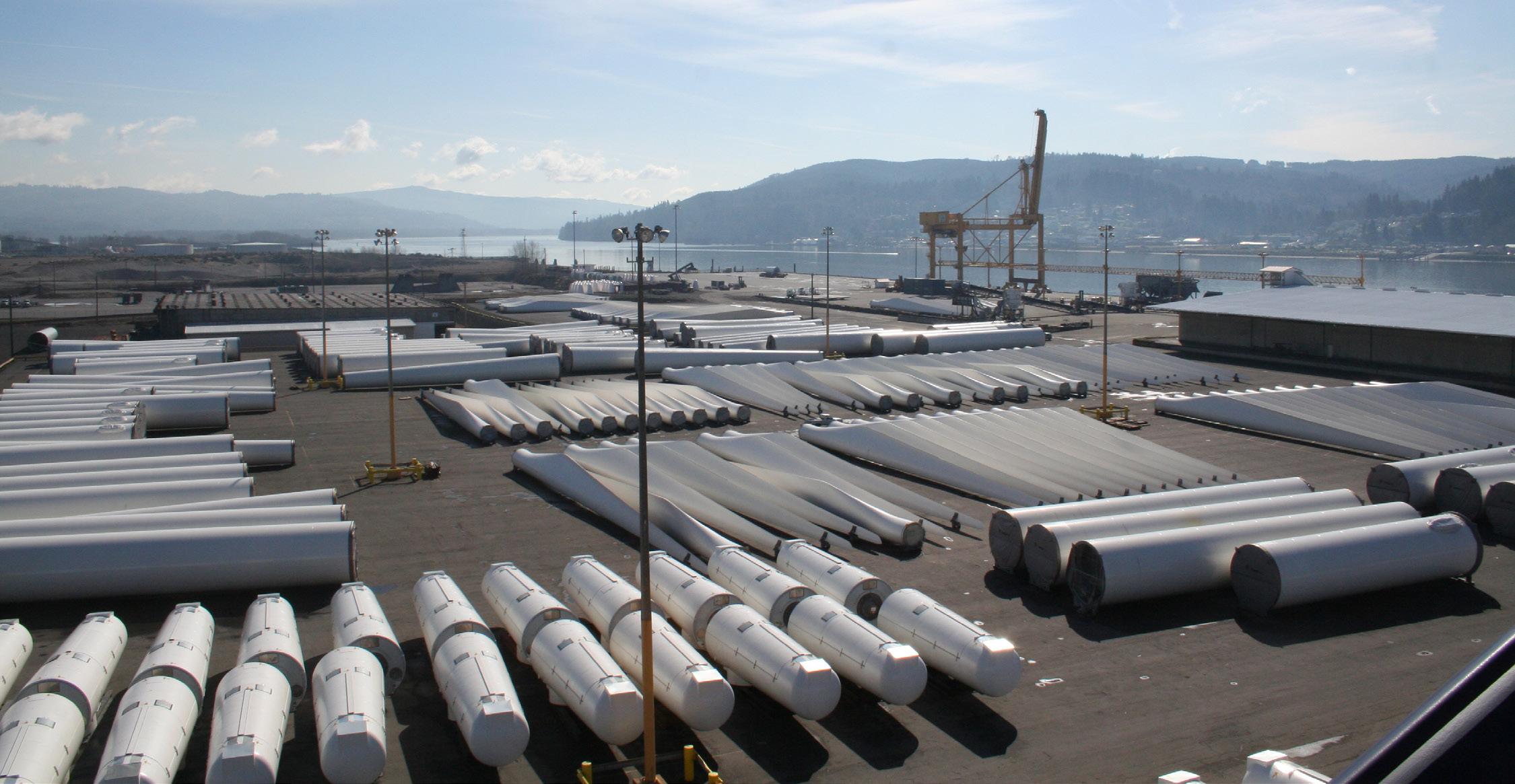
1 minute read
Port of Longview
DIVERSE CARGO: THE PORT’S KEY TO SUCCESSFUL OPERATIONS
The Port of Longview has been handling an incredibly diverse mix of cargo since its establishment in 1921. Port leaders realized from the beginning that having a varied cargo portfolio would be an important way to offset any reductions from one particular commodity. This decades-old strategy allowed the Port to be less reliant on any one type of cargo. It also led the Port to attracting commodities of all kinds while creating thousands of local jobs.
Advertisement
In its first nine months, the Port moved 72,000 tons of mixed freight. Lumber was an important first commodity, as was sugar, grain, steel, paper products and automobiles. By 1927, the Port fully realized the benefit (and stability) diverse cargo could bring when 246,000 tons moved across the docks – more than tripling the total of the first year.
As decades passed, the Port aggressively pursued new types of cargo, never losing site of the flexibility its cargo handling model could provide. Today, wind energy components traverse the Port on trucks and rail, heavy lift project cargo takes up regular residency on the docks and grain exports have continued to be a main commodity. All of this cargo activity at the Port has resulted in 9.1 million metric tons of cargo moved in 2021, the highest since 10 million metric tons were moved in 2018.
From lumber and sugar in the 1920s to the start of the art wind energy equipment and facilities today, the Port’s cargo handling versatility continues to generate economic activity for the local community. Today, the Port’s top commodities include corn, wheat, soybeans and soda ash.










